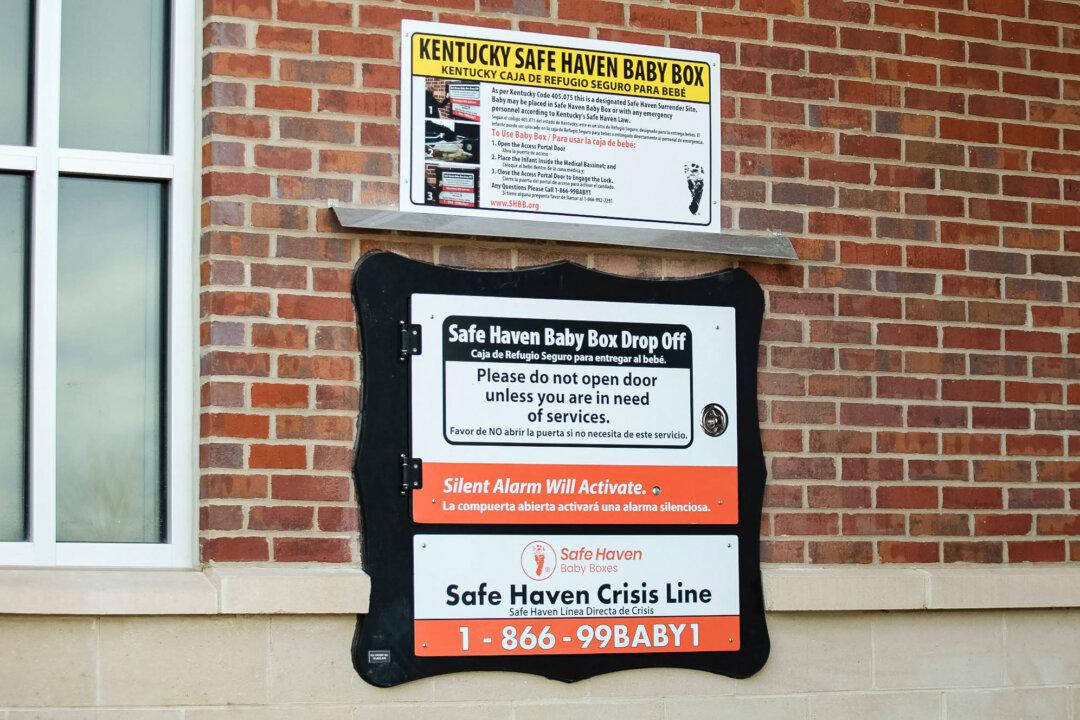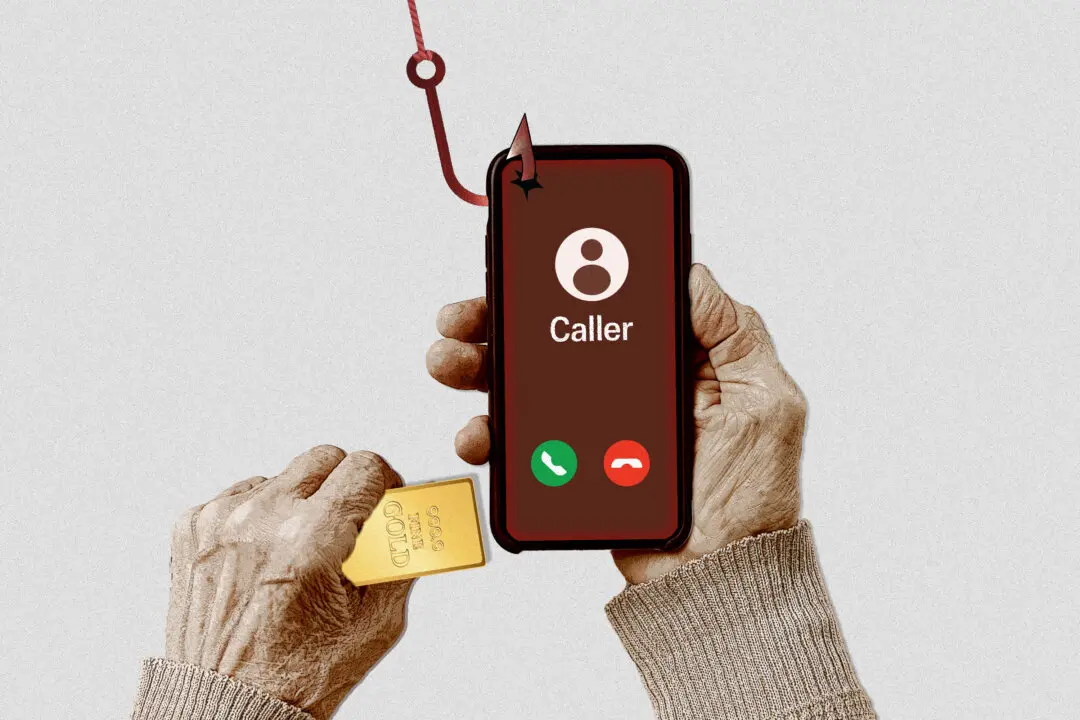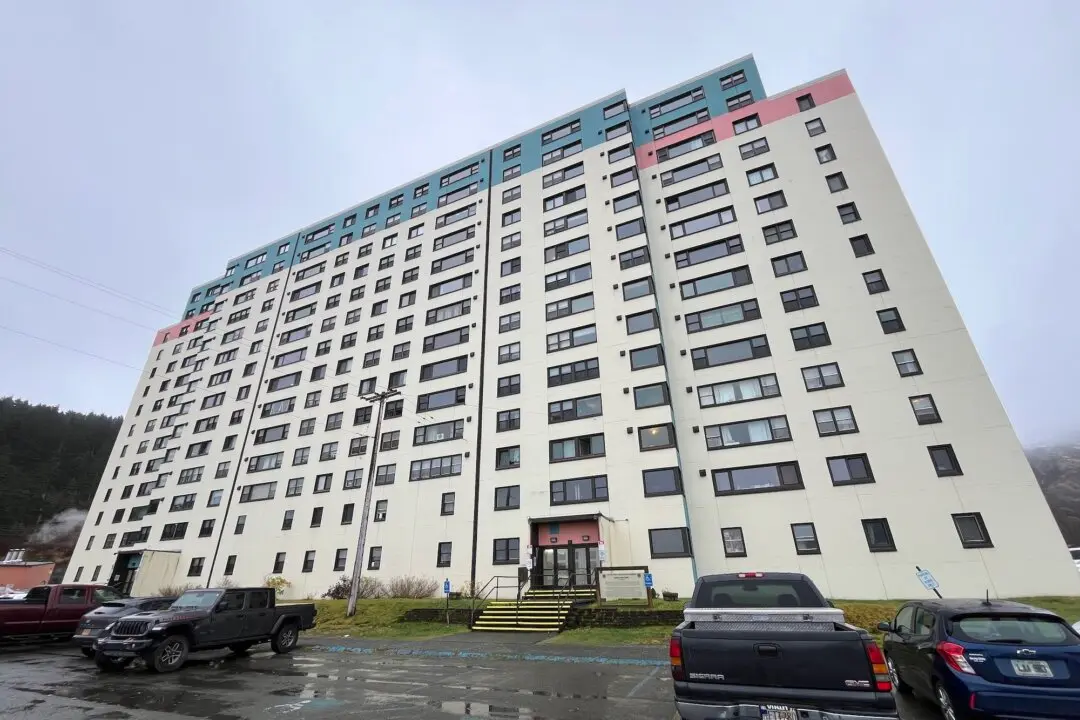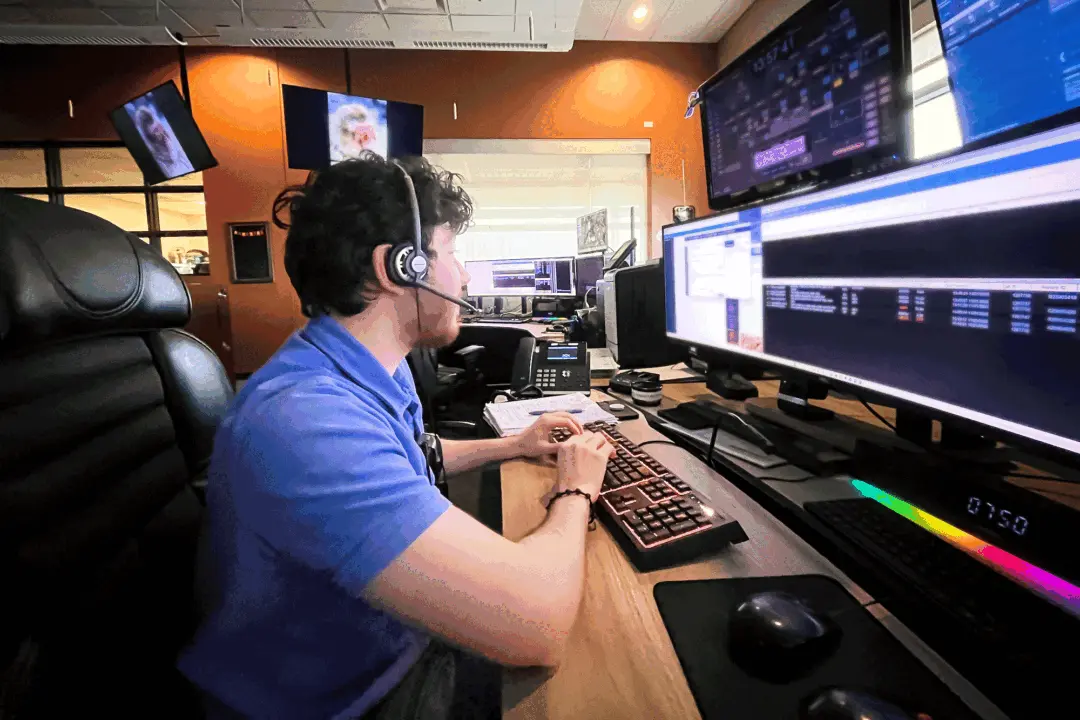Pamela Stenzel was in Sioux Falls, South Dakota, giving a talk about the benefits of Safe Haven Baby Boxes when a woman pitched her a difficult question.
In a conservative-leaning Midwestern city such as Sioux Falls (population 202,100), are the baby drop-off boxes just a “solution in search of a problem?”





